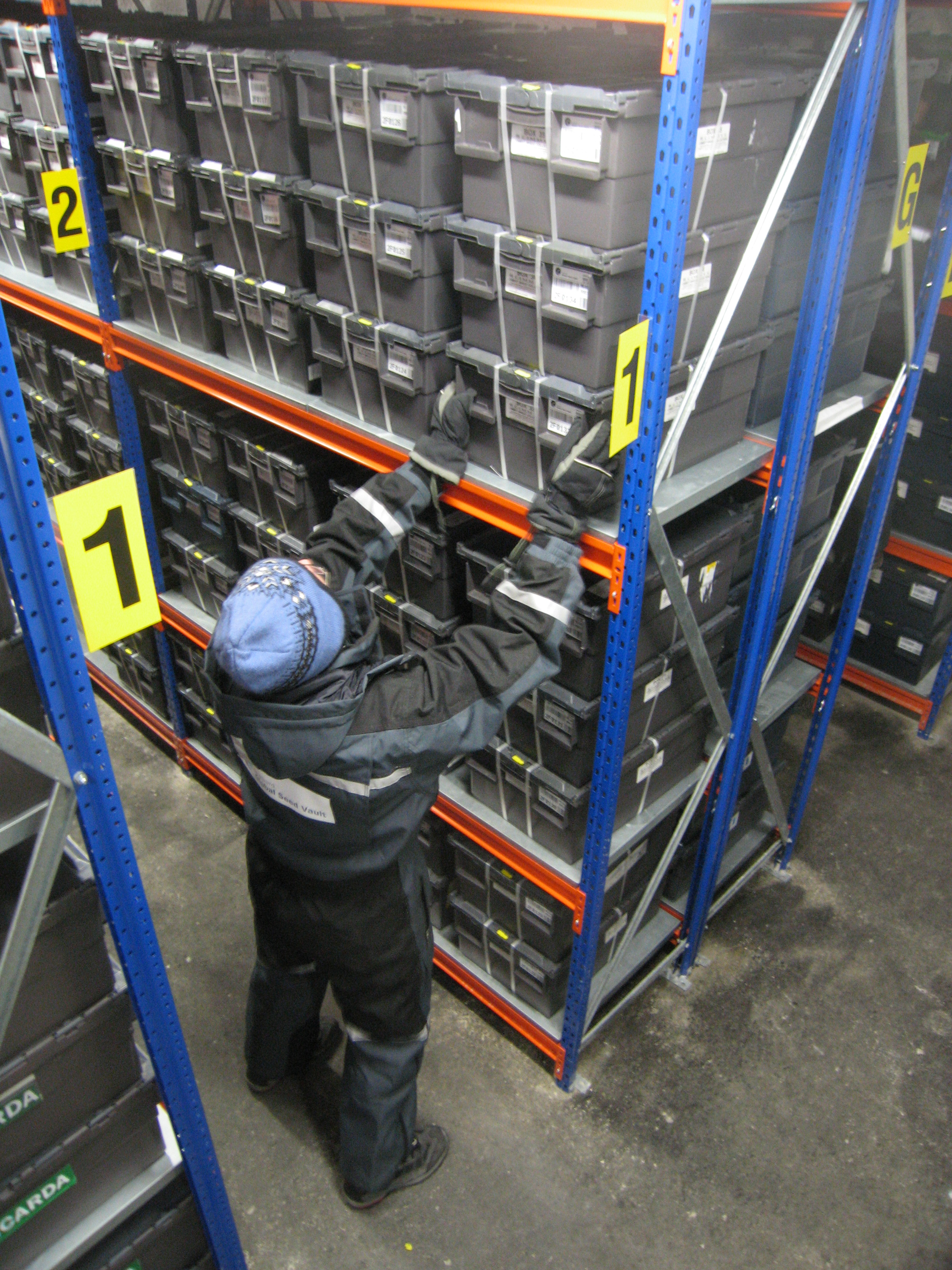Knowledge Ark on:
[Wikipedia]
[Google]
[Amazon]
A knowledge ark (also known as a doomsday ark or doomsday vault) is a collection of knowledge preserved in such a way that future generations would have access to said knowledge if all other copies of it were lost.
Scenarios where access to information (such as the Internet) would become otherwise impossible could be described as existential risks or extinction-level events. A knowledge ark could take the form of a traditional library or a modern computer database. It could also be pictorial in nature, including photographs of important information, or diagrams of critical processes.
A knowledge ark would have to be resistant to the effects of natural or man-made disasters in order to be viable. Such an ark should include, but would not be limited to, information or material relevant to the survival and prosperity of human civilization.
Other types of knowledge arks might include genetic material, such as in a
 An example of a DNA bank is the Svalbard Global Seed Vault, a seedbank which is intended to preserve a wide variety of plant seeds (such as important crops) in case of their extinction.
The
An example of a DNA bank is the Svalbard Global Seed Vault, a seedbank which is intended to preserve a wide variety of plant seeds (such as important crops) in case of their extinction.
The
DNA bank
DNA banking is the secure, long term storage of an individual’s genetic material. DNA is most commonly extracted from blood, but can also be obtained from saliva and other tissues. DNA banks allow for conservation of genetic material and comp ...
. With the potential for widespread personal DNA sequencing becoming a reality, an individual might agree to store their genetic code in a digital or analog storage format which would enable later retrieval of that code. If a species was sequenced before extinction, its genome would still remain available for study.
Examples
 An example of a DNA bank is the Svalbard Global Seed Vault, a seedbank which is intended to preserve a wide variety of plant seeds (such as important crops) in case of their extinction.
The
An example of a DNA bank is the Svalbard Global Seed Vault, a seedbank which is intended to preserve a wide variety of plant seeds (such as important crops) in case of their extinction.
The Memory of Mankind
Memory of Mankind (MOM) is a preservation project funded in 2012 by Martin Kunze. The main goal is to preserve the knowledge about present civilization, human civilization from oblivion and Social amnesia, collective amnesia. Information is printe ...
project involves engraving human knowledge on clay tablets and storing it in a salt mine. The engravings are microscopic.
A Lunar ark has been proposed which would store and transmit valuable information to receiver stations on Earth. The success of this would also depend on the availability of compatible receiver equipment on Earth, and adequate knowledge of that equipment's operation.
The Arch Mission Foundation sent the Lunar Library, a 30 million page knowledge ark designed to survive for millions or billions of years in space, to the moon on the Israeli '' Beresheet'' spacecraft in 2019. The spacecraft experienced a crash landing. However, the library likely survived intact.
The Phoenix mars lander (landed on surface of Mars in 2008) included the "Visions of Mars" DVD, a digital library about Mars designed to last for hundreds or thousands of years.
See also
* KEO *Arctic World Archive
The Arctic World Archive (AWA) is a facility for data preservation, located in the Svalbard archipelago on the island of Spitsbergen, Norway, not far from the Svalbard Global Seed Vault. It contains data of historical and cultural interest fro ...
* Memory of the World Programme
* Survivalism
References
{{reflist Ark Biorepositories